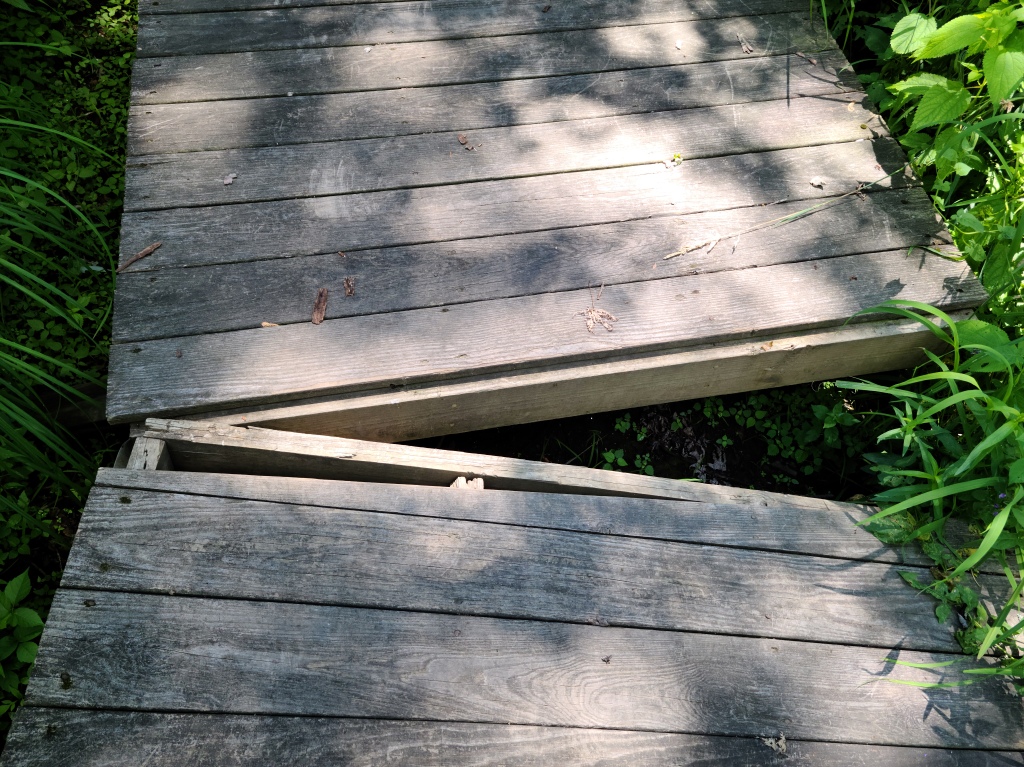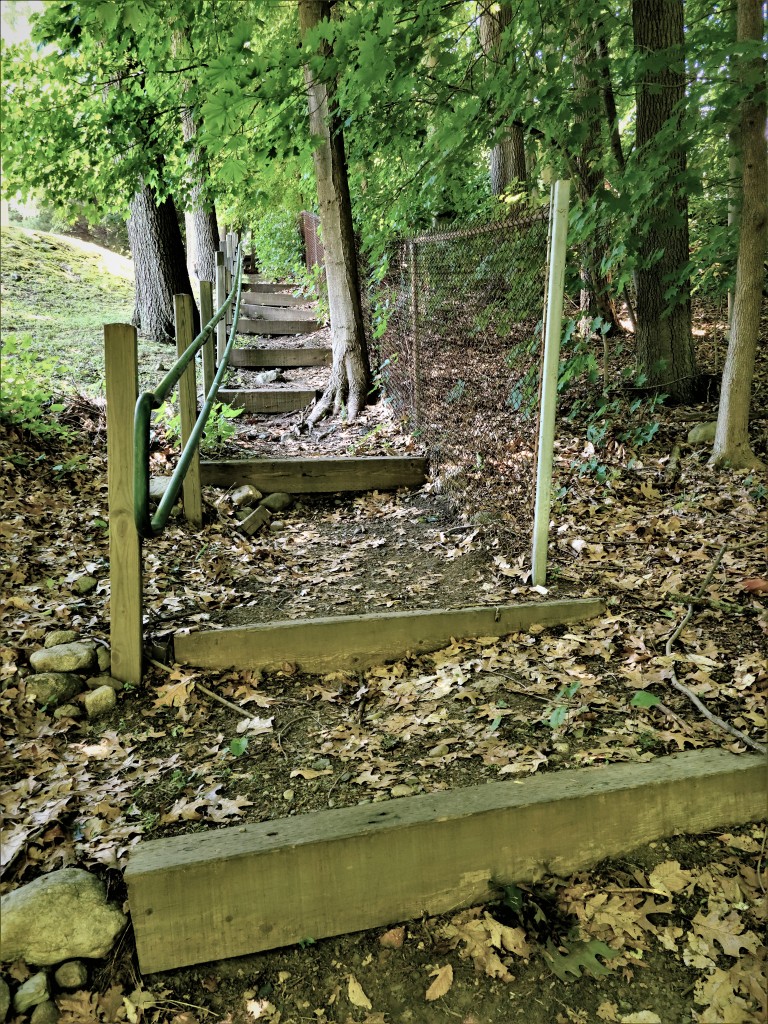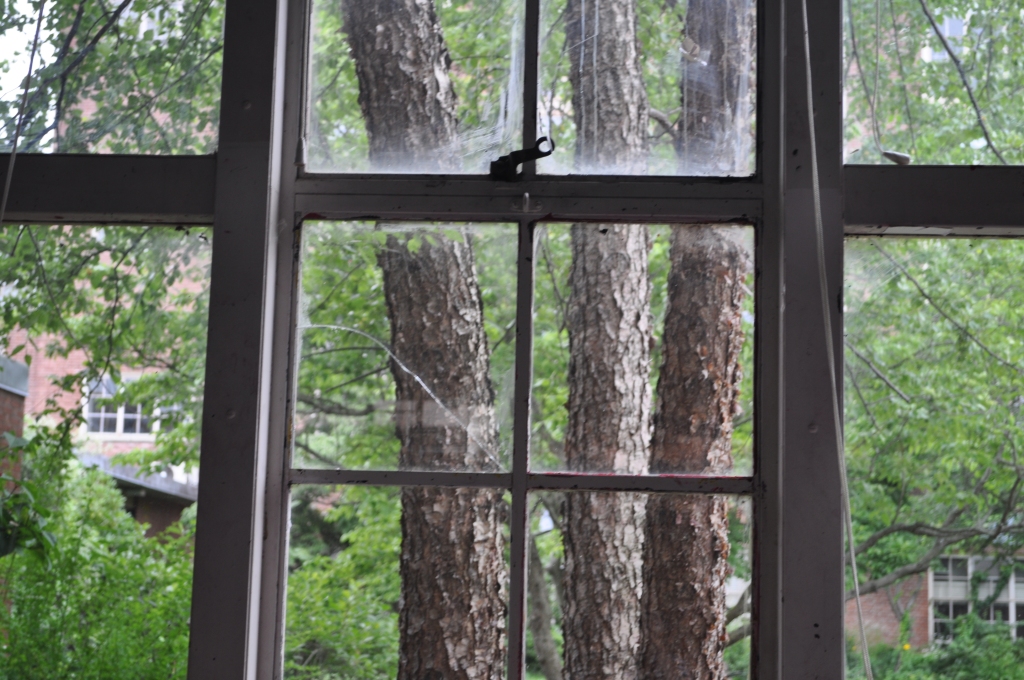Written by Savannah Jackson; ed. assistance by Nancer Ballard.
“Dalinar’s sense of wholeness may be challenged again as his reality changes, his sense of self changes, and he must recalibrate his worldview. This future wholeness that Dalinar may find will not negate the validity or meaningfulness of the sense of wholeness he has found at the end of book three. Neither context nor wholeness is static. As our context changes, and we ourselves grow and change, so too must our understanding of wholeness evolve.”
– Dalinar’s Wholeness: “Journey Before Destination”
These are the concluding words to the final post that I wrote last year about the fictional character Dalinar and his narrative arc(s) in Brandon Sanderson’s series, The Way of Kings (see also parts one and two). Consistent with the Heroine’s Journey, Dalinar had developed a sense of wholeness by the end of his narrative journey at the end of book three (which, at the time, was the most recent book in the series). However, Dalinar had gone through nearly three complete iterations of the Heroine’s Journey, and two of the Healing Journey, before he was able to reach this point. As a prominent character and narrator, it struck me as unlikely that he could continue through future books unscathed. Surely something new would happen in future books to once again challenge how Dalinar understands himself and the world he lives in.
Dalinar’s many struggles and his complex, non-linear journey towards health and wholeness in the first three books of the series exemplify the obvious that we frequently overlook: life—and life rendered semi-faithfully in literature—is never static. Often, life is not even stable for very long. The past year and a half have given many of us a harsh reminder that even if we reach a sense of wholeness, dramatic changes in our circumstances can require additional journeying.

As I wrapped up the Dalinar blog series in the midst of lockdown, and as events in my own life consistently caused me to question what I thought I knew, I could not help but wonder what would become of Dalinar’s wholeness in future books. I wondered what would become of my own attempts to readjust my worldview and sense of self as I tried to keep up with a world that was quickly changing around me. If something happened in a future book to render the wholeness that Dalinar achieved at the end of book three obsolete, did that mean that he had not really found wholeness?
The answer I came to was this: if context is not static, neither is wholeness. We have often noted that wholeness rejects binaries. Wholeness includes both good and bad, happiness and sadness, joy and pain. This means that wholeness also includes completeness and incompleteness. Wholeness includes resolution, preparation, closure, and opening. Although these were things that I could assert at the time when I published the last of the Dalinar posts, they still felt like questions, not certainties.
These questions led me to imagine a journey where even wholeness did not carry with it a sense of finality. A journey that recognized that life is inherently and perpetually in motion. A journey that would continue on past wholeness. A journey that would treat wholeness as a semi-colon rather than a period.

I do not like to think of journeys beyond wholeness as simply multiple back-to-back Heroine’s Journeys. To conflate the Illusion of the Perfect World with a sense of wholeness, or the Separation from the Feminine with a sort of fall from wholeness, brings with it complications that are too complex to address within this post. But trying to work through the questions that arise if the heroine begins their journey with a sense of wholeness led me to ask:
Is it possible for someone to reach wholeness—that is, develop an encompassing and functional sense of world and self—and then later need to adjust or rebuild their sense of wholeness, without invalidating the wholeness that they had first found?
I believe that this is not only possible, but perhaps a healthy way to approach change. To adjust what you are doing and to seek out something new that works better for you is to take care of yourself. It is how we can live consciously and creatively in an evolving world.
All of these questions, contemplations, and hopes have led me to what I call the Seeker Journey, which documents the fluidity and impermanence of wholeness. Wholeness is no longer solely the goal or destination of the journey; it also becomes a starting point and process of arrival.
The Seeker Journey forces us to confront the possibility that we might leave something that has been good for us. The Seeker Journey forces us to confront the fact that whether we leave by choice or coercion, we will never be able to return to the exact same thing we once had. The Seeker Journey forces us to confront the possibility that what was once good for us might one day begin to cause harm.
As we will explore in our next posts, the Seeker Journey recognizes that there are many reasons to start a journey, and that there are many ways to move towards a functioning and healthy understanding of yourself and the world. The Seeker Journey recognizes that just because you are no longer fulfilled by or you no longer have access to something that was once good does not mean you can simply return to that same experience after the threats and uncertainties subside. Instead, you keep moving forward, in search of something new.


Hi. I have read the blog posts and enjoyed the critique
s and answers. There is a lot to be learned from here. New perspectives new arcs. New ways to search for meaning in our lives.
Certainly tge Seekers Journey opens up more possibilities in that way. We keep on searching for something new. Recently I came across Thea Cooke’s work. The Heroines Journey as a Spiral. I would have thought that this makes more sense. As we search on our Heroines Journey, we ask questions ,experience our answers from within. We struggle and in the struggle we find answers and we grow as a person into a more conscious person. Inevitably we are not the same person at the end of our journey. We have grown. We would have grown into a more conscious way of being with our selves and we have moved up a level in consciousness on the Spiral of conscious evolution. I would prefer therefore to see a Spiral rather than a full circle in this context. Hence my interest in Thea Cooke’s work.
Do you know of it?
Thank you for this space. It’s very informative.
LikeLike
Kim Hudson’s “The Virgin’s Promise: Writing Stories of Feminine Creative, Spiritual and Sexual Awakening” outlines the Seeker’s Journey beautifully.
LikeLike
Thanks for the reference. We can’t wait to read it.
LikeLike
I’ve compiled a list of all the books I know that are about the heroine journey here: https://jodybower.com/books-about-the-heroine-journey/
LikeLike
Great list Jody, we will link to your site and propose that many of those asking us questions who are working on research or writing related to the Heroine’s Journey take a look at your site and list.
LikeLike